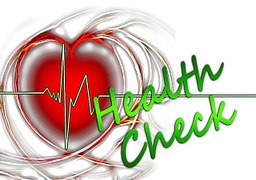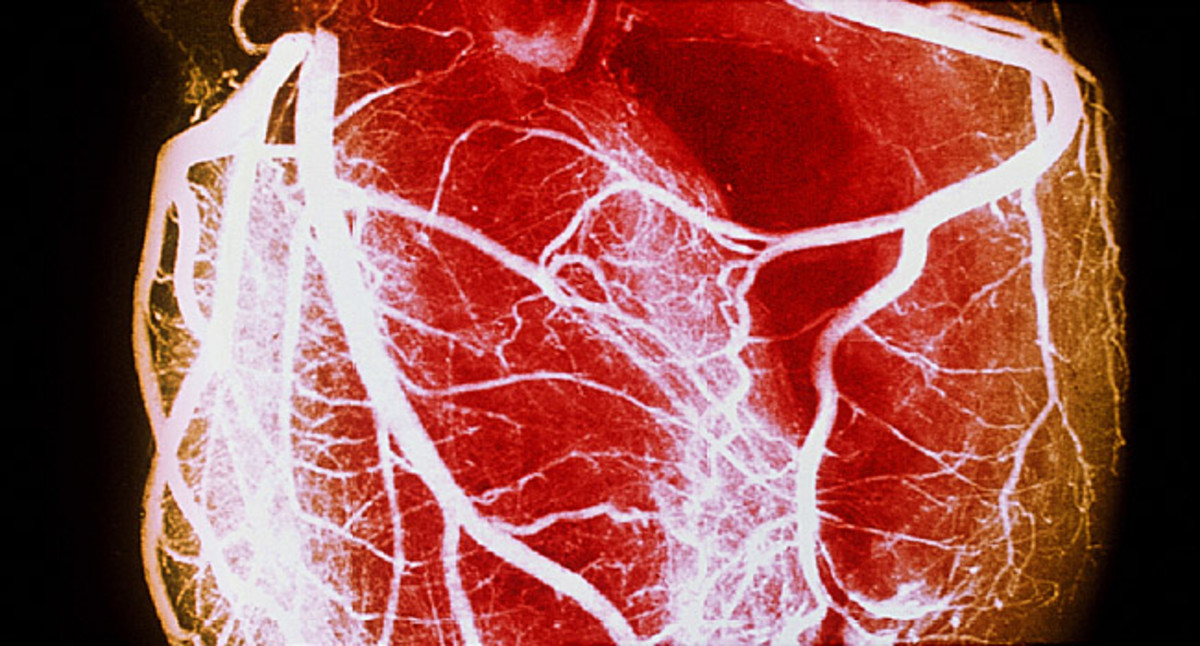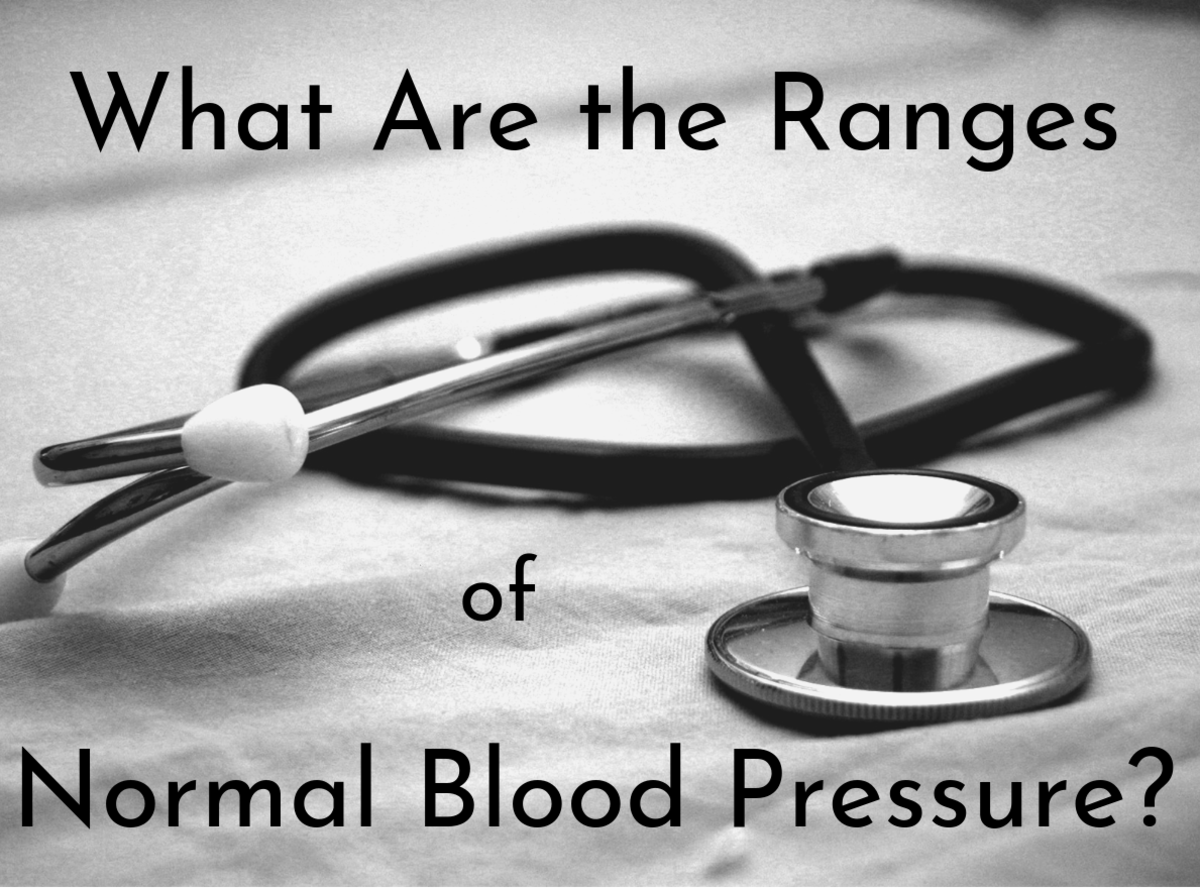Blood Pressure - What is it? (in simple terms)
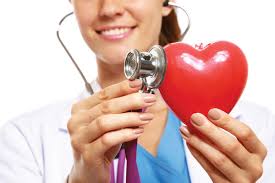
Blood Pressure Confusion
I don't think you can grow up anywhere in modern civilization without having heard the term "blood pressure" while still in childhood. As a youngster, the term may conjure up some vague physical concept much like "nausea", "constipation" or "seizure". Or perhaps it's just something that grandma and grandpa talk about! You know it has something to do with your body...and your health... but aren't sure whether you could actually explain it.
It should come as no surprise that many have the same confusion even as adults. We all know it's something important! We know we should know our "numbers"! We know it has to do with our health! We know that lower is better than higher... right? But what the heck does the term actually mean?
As a registered nurse and nurse educator for over 30 years, I have been explaining what blood pressure is (in fairly simple terms) for a very long time and will try to do the same for you right here! While each person is uniquely individual in body type and processes, the basics of blood pressure are the same.
Blood Pressure Definitions
You can find definitions of "blood pressure" in many sources. Most of them are very similar but can use confusing terminology
First.... The Official Definitions
Webster's Dictionary:
Full Definition of blood pressure
-
: pressure that is exerted by the blood upon the walls of the blood vessels and especially arteries and that varies with the muscular efficiency of the heart, the blood volume and viscosity, the age and health of the individual, and the state of the vascular wall
http://www.merriam-webster.com/dictionary/blood%20pressure
Wikepedia:
Blood pressure (BP) is the pressure exerted by circulating blood upon the walls of blood vessels. When used without further specification, "blood pressure" usually refers to the arterial pressure in the systemic circulation. It is usually measured at a person's upper arm. Blood pressure is usually expressed in terms of the systolic (maximum) pressure over diastolic (minimum) pressure and is measured in millimeters of mercury (mm Hg). It is one of the vital signs along with respiratory rate, heart rate, oxygen saturation, and body temperature. Normal resting blood pressure in an adult is approximately 120/80 mm Hg.
American Heart Association (AHA):
Example: 117/76 mmHg (read as 117 over 76 millimeters of mercury)
Systolic
The top number, which is also the higher of the two numbers, measures the pressure in the arteries when the heart beats (when the heart muscle contracts).
Diastolic
The bottom number, which is also the lower of the two numbers, measures the pressure in the arteries between heartbeats (when the heart muscle is resting between beats and refilling with blood).
www.heart.org
AHA...What is Blood Pressure
Did that clear it up for you??

Water barrel and garden hose analogy
Many people can understand medical or health related concepts better when they are attached to an analogy or metaphor and pictures sure help too!
In order to explain blood pressure in simple terms, I am going to use the analogy of a large wooden water barrel, filled with water.
Yes, there can be many variables but let's start here....
The water barrel filled with water is like your body filled with fluids
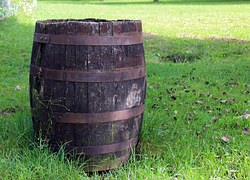
Next, we attach a spigot to the water barrel to control the flow of water in and out
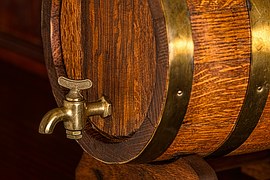
Heart "Flow" Control
It's your heart that controls the majority of how well, and when, your body fluids "flow". Within your heart it's actually the heart valves and the powerful left ventricle of the heart that direct which way the fluid (blood) flows and how powerful the "force" of the flow is throughout the body. The heart is a muscle and the younger, stronger, and healthier it is, the better it will pump.
As people age (or have heart damage), the heart does not pump as well and many times medications can help provide some extra "force" that the heart can no longer provide on its own. Of course, exercise will help keep the heart strong just as it does with any muscle in your body.
Now we will attach a strong rubber garden hose to the spigot on the water barrel
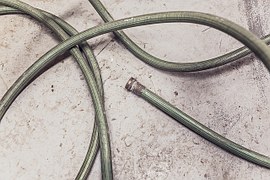
Blood vessels
Your body is filled with blood vessels carrying freshly oxygenated blood cells from the lungs (and pumped out by the left ventricle of the heart) to all the cells in your body. Those specific blood vessels are called arteries. When arteries are young and healthy it's like their walls are filled with rubber bands...they dilate (get wider) and constrict (get narrower) very easily. This ability helps to move the blood flow along it's path throughout the body.
Although it makes my stomach a bit squeamish to think about it, visualizing the way a snake consumes its meal, relaxing and then squeezing the rodent through its body, is a fairly apt description of how the arteries work to disperse blood to your body cells.
Your body also has blood vessels called veins and they carry blood cells that have offloaded their oxygen (and now carry carbon dioxide - CO2) back to the heart again. They are then sent to the lungs to pick up a fresh load of oxygen and offload the CO2.
This is called your blood circulation.
Lastly, we will have a small kiddie swimming pool that represents the body cell receiving the fresh blood cells from the arteries (our garden hose)
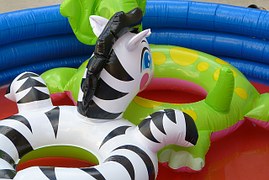
So our fluid (blood) is flowing through our vessels out to our body cells so they will keep working and doing all the gazillion little things needed to keep our human body running.
Human blood pressure is measured as compared to atmospheric pressure. This doesn't mean much to us unless we are suddenly at a higher altitude (flying) or deep below the sea (scuba diving). But it's the reference used for applying numbers to the amount of force needed to make something happen... like getting oxygen to your cells.
Blood Pressure - The factors that determine it
Using the analogy of the water barrel and garden hose, how much force (pressure) does there need to be in the water barrel to get the water out of the spigot and through the garden hose to the kiddie pool? This is the same as asking how much pressure does my left ventricle need in order to pump my blood out to my cells?
That question is complex but it is primarily determined by 4 factors:
1. how much volume is available
2. how thick or thin is the fluid
3. how powerful is the force of contraction
4. how much resistance is there to the flow
These are the factors that go into determining your blood pressure number. By understanding these 4 factors you can make in a big difference in whether your blood pressure is controlled... or not!
********************************************************************************************************
Let's examine the factors....
How much volume is available?
The amount of fluid within your body affects how much pressure there is available to move the fluid out to the cells. Think about the amount of pressure there would be in a water barrel that is completely full as compared to the pressure if there were only 6 inches in the bottom of the barrel. The pressure becomes less and you could not run the water through the garden hose as fast as if the barrel were full. The same is true in your body.
If you become dehydrated due to excessive sweating, vomiting, diarrhea, bleeding from an injury, etc., your blood pressure will get lower because some of the force from "volume" is gone.
In direct contrast, having more volume than your heart can pump around easily will increase your blood pressure. An example of that is people who have congestive heart failure and may have extra fluid around their feet and/or legs that can't be easily eliminated by the body.

How thick or thin is the fluid?
Thinking about the water barrel again, ask yourself how easy it is to get water to flow through the garden hose as compared to how hard it would be to get maple syrup to flow through the garden hose?
Aging, along with some disease conditions, can cause some thickening of the blood and, while it's not impossible to circulate slightly thicker blood, it does need more force to do so which means the heart will be working harder. When the heart has to work harder to move the blood around, your blood pressure will go up.
High cholesterol levels means there is an increase of fats (lipids) in your blood.This also causes thickening and therefore makes the heart work harder to pump the blood around the body. It would be like dumping a couple gallons of crude oil into the water barrel. Basically you are starting to make sludge. It would take increased force to make the water flow out of the water barrel at the same rate as before the oil was added.
Some people have a tendency to develop clots and may be put on "blood thinners". Although they don't have blood as thin as water, it is a bit thinner than normal and they may see a drop in blood pressure since the heart does not have to work as hard to pump the blood around the body.

As was previously stated, the heart is a muscle and, the stronger the muscle, the more powerful it is. It can pump harder, it can pump longer, and it can recuperate faster. Just as a 20 year old football player can usually outperform a 40 year old football player (except, of course, Peyton Manning), a younger, healthier heart can usually outperform an older one simply because of the stronger, more resilient, muscle mass.
The weakening of muscles as we get older is inevitable but the process can be slowed down by eating healthy and exercising regularly.
How much resistance is there to the flow?
This is probably the factor that is most difficult for us to understand and to change when it's a problem. So many things can cause resistance to a smooth blood flow.
Let's just think about the water barrel, spigot and garden hose again. It seems simple enough that the water in the barrel should run out into the kiddie swimming pool through the garden hose...right?
No problem!
But think of all the ways the water can get slowed down or cut off!

The spigot may only be turned on part-way therefore limiting the the amount of flow.
- *This is similar to aortic stenosis where the the main artery branching off the heart has become narrowed and restricts your blood flow.
A chunk of wood from inside the barrel has gotten lodged at the spigot outlet. Although some water can still get out, the flow is diminished even if the spigot is completely open.
- *This is similar to a partial blood clot (or plaque) causing diminished blood flow which may not be enough to get oxygen out to all the blood cells that need it. The heart will worker harder trying to get more blood flow - this will cause the blood pressure to go up.
The garden hose may have gotten old and the rubber is getting hard. It doesn't have the stretch it used to have.
- *This is similar to hardening of the arteries and instead of stretching when there is a need for increased blood flow, the heart just has to pump harder which causes the blood pressure to go up. While some hardening of the arteries is normal as we age there are other factors that contribute to the condition including smoking.
Perhaps the garden hose has a small crack in it. You notice the flow into the kiddie pool is slow so you turn the spigot wide open. That sudden increase in pressure causes the the small crack to burst open and you have a small geyser coming out of the middle of the hose.
- *This is similar to when the heart is suddenly called upon for increased blood flow (due to stress, exercise, pain, etc.) and the artery ruptures. In the aorta (the body's largest artery) this is called a ruptured aortic aneurysm. If it happens in an artery in the brain it's called a hemorrhagic stroke. Both require immediate surgery if available.
Over the years, small particles of dirt and debris have built up inside the garden hose. The force of the water in the barrel is no longer strong enough to clear the particles out of the hose and the overall diameter of the hose has shrunk.
- *This is similar to the condition called atherosclerosis which means that plaque is building up on the inside of the arteries and the amount of space for blood flow is continuously decreasing.
Narrowing arteries
Summary
There are many variables that affect your blood pressure including some you can't change (i.e., age, gender, ethnicity) and some that you can (i.e., diet, weight control, exercise, smoking, stress).
Basically blood pressure is the amount of force needed to push your blood out into your arteries, into the tissues needing oxygen, and then back into the veins to return to the heart quickly enough to keep your cells well oxygenated. If the amount of force needed is higher than normal, then identifying the contributing factors can help you lower it. Fluctuations in blood pressure throughout your day due to exercise, digestion, anxiety, rest, and so on, are normal but they should be relatively minor changes.
Health tip: Some people can significantly lower their blood pressure through diet, exercise and reduction of stress. Other people, however, may need the help of medication. Many times I've heard people say "I don't need medication now...my blood pressure is back to normal". They don't realize (or don't want to admit) it was the medication that was controlling their blood pressure and then they are surprised when, at their next check-up or Emergency Room visit, their blood pressure is back up again. Don't let that happen to you!!
Having a basic understanding of what blood pressure is, and the factors that affect it, can go a long way in helping you control it.
If you are concerned about your blood pressure, is it because....
